AARP Hearing Center


You may think you have everything you need for severe weather, but experts warn that most older adults aren’t as prepared as they should be.
The need for natural disaster preparedness is crucial, especially with record-breaking heat waves and billon-dollar weather and climate disasters, according to the National Oceanic and Atmospheric Administration (NOAA). Most recently, Hurricane Helene's far-ranging tropical storm force winds underscore the urgency.


AARP Membership— $12 for your first year when you sign up for Automatic Renewal
Get instant access to members-only products and hundreds of discounts, a free second membership, and a subscription to AARP the Magazine.
About two-thirds or more of adults 50 and older have a phone charger for their car that they can use if the electricity goes out, put emergency contacts in their phone, stockpile at least three weeks’ worth of their prescriptions, and download their bank’s smartphone app, according to a July 2023 survey from AARP and the University of Chicago’s National Opinion Research Center. But from there, preparation for a potential disaster goes downhill.
“Technology has made it easier for people to prepare and take action during emergencies, but its reliability depends on the steps a person takes before a disaster strikes,” said Tom Kamber, executive director of Older Adults Technology Services (OATS) from AARP. The AARP-affiliated charity specializes in teaching technology skills to older adults.
Most older adults lack an emergency plan
Less than a third of the 1,012 older adults surveyed said they had created an emergency plan, which the Federal Emergency Management Agency (FEMA) considers vital. Nor have they invested in a generator — either a portable gas- or solar-powered device or a more expensive whole-house generator — to provide backup power in case of days without power.
As adults age, they become increasingly vulnerable to extreme weather, the Environmental Protection Agency says.
- Chronic health conditions make people more sensitive to air pollution, such as smoke from wildfires.
- Medications and a reduced ability to sweat alter a body’s capacity to cool down in extreme heat, leading to heat exhaustion and heat stroke.
- Decreased mobility lessens older adults’ ability to escape hazards quickly. Only six of the 85 dead in the 2018 Camp Fire in Paradise, California, were younger than 50.
The 50-plus population is up by about 15 percent in a decade, to 120 million as of 2021, according to U.S. Census Bureau estimates, accounting for more than a third of all Americans.
“Being prepared for a disaster is important at every age,” says Jeff Jackson, a deputy assistant administrator of federal insurance with the Federal Emergency Management Agency.
“This is especially true for older adults who may rely on the availability of health care services, accessible transportation, special diets, medications, mobility devices, access to power, communications and other vital resources.”
As a result, FEMA offers a Disaster Preparedness Guide for Older Adults to assess their needs, create a plan and engage their network to create a personalized plan in the event of an emergency.
Meanwhile the agency says it has approximately 4,000 reservists ready to deploy to disaster zones and thousands of members from other federal agencies who can be called to respond if needed. See FEMA’s current disaster responses page .



























































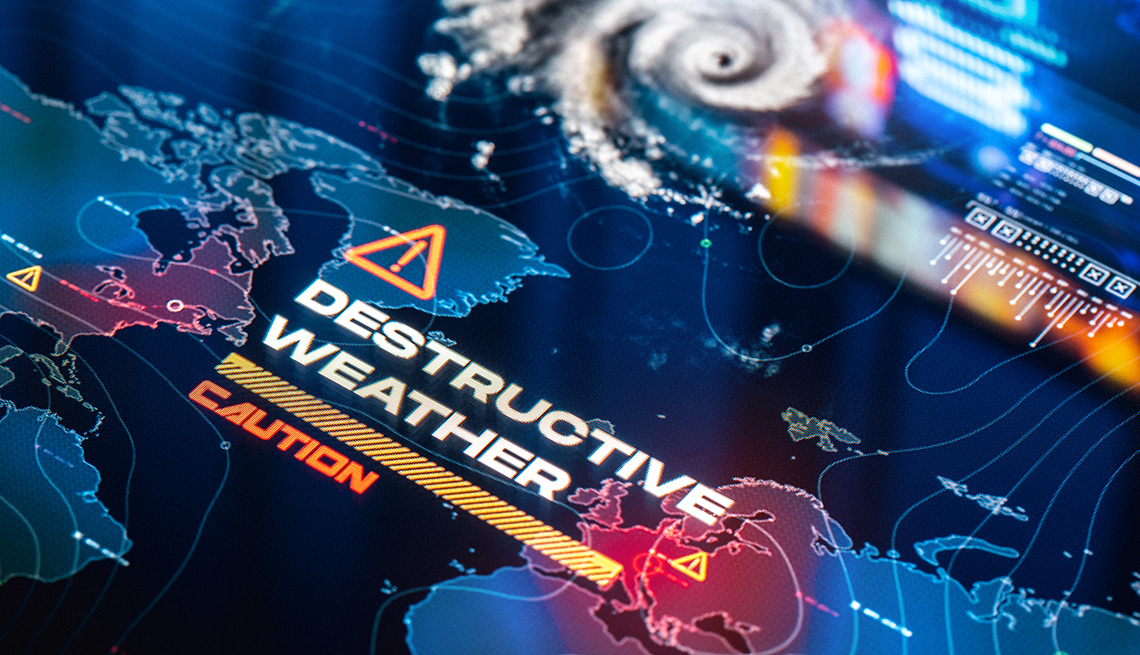
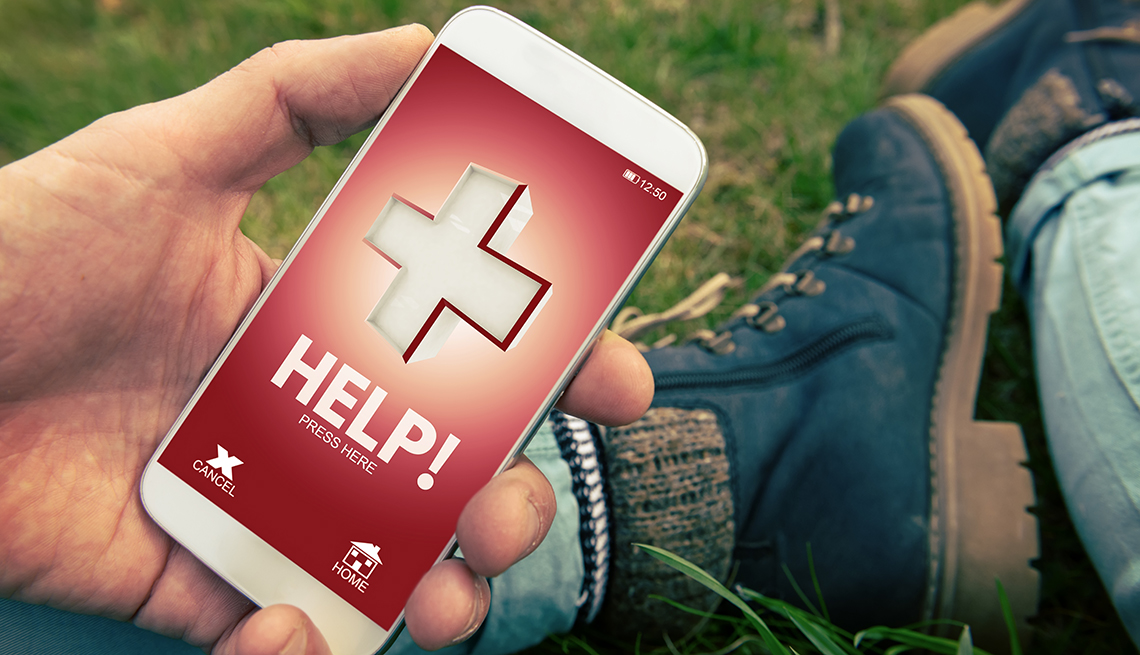
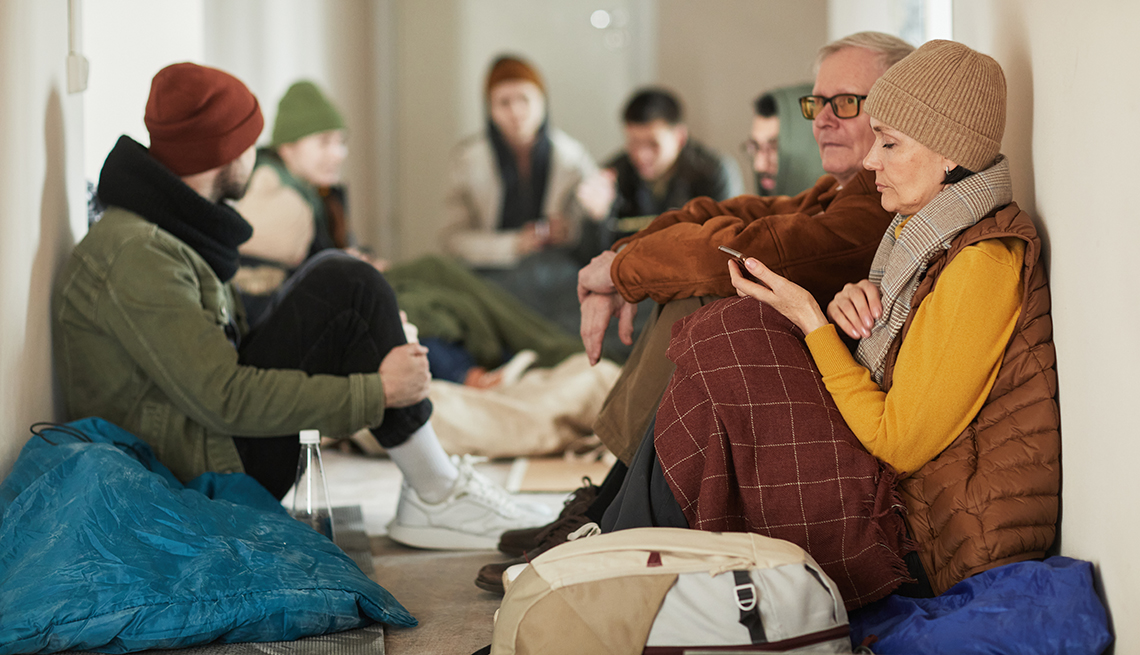
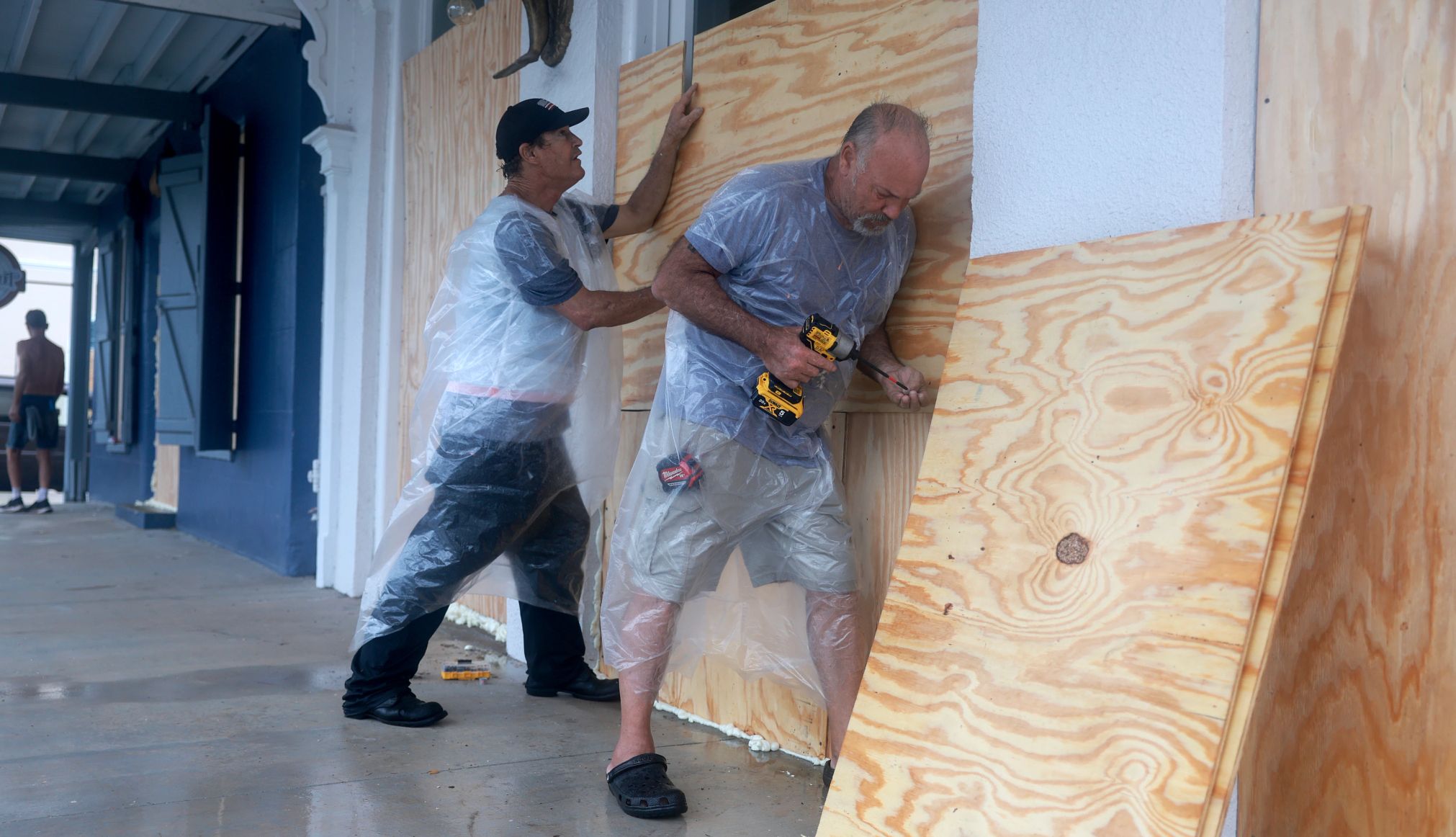
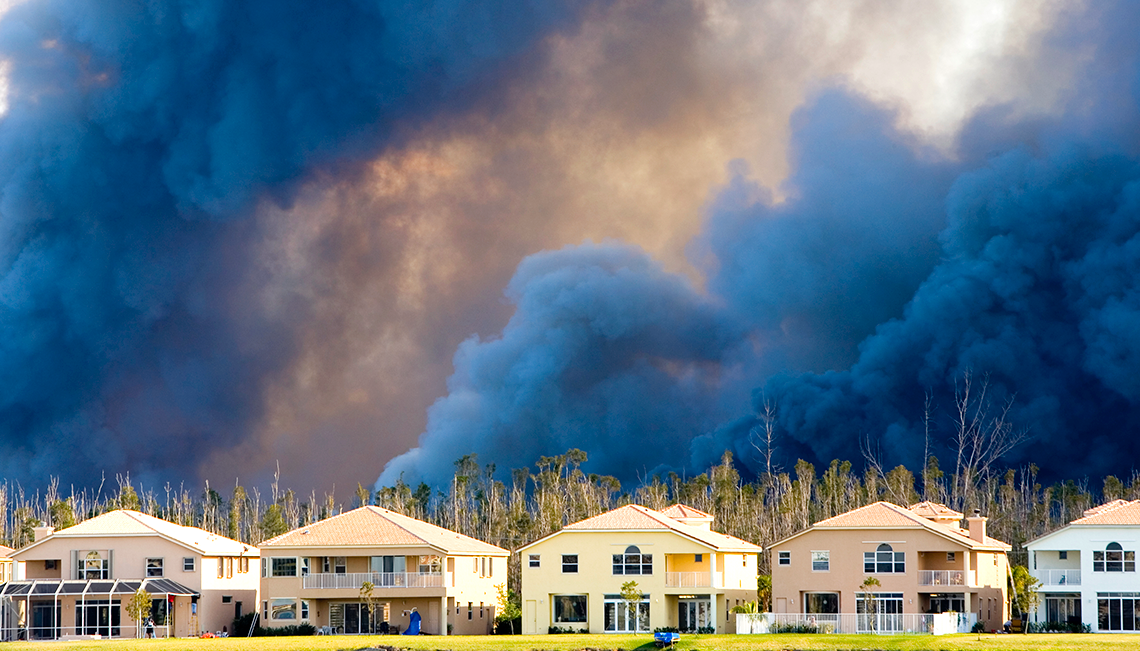
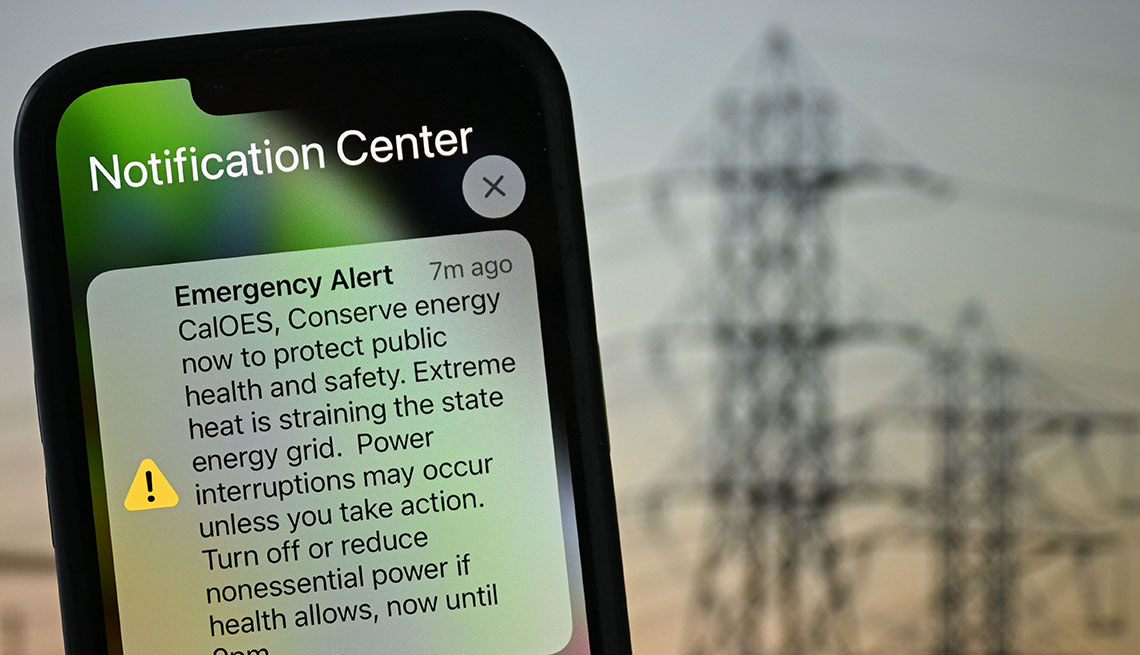
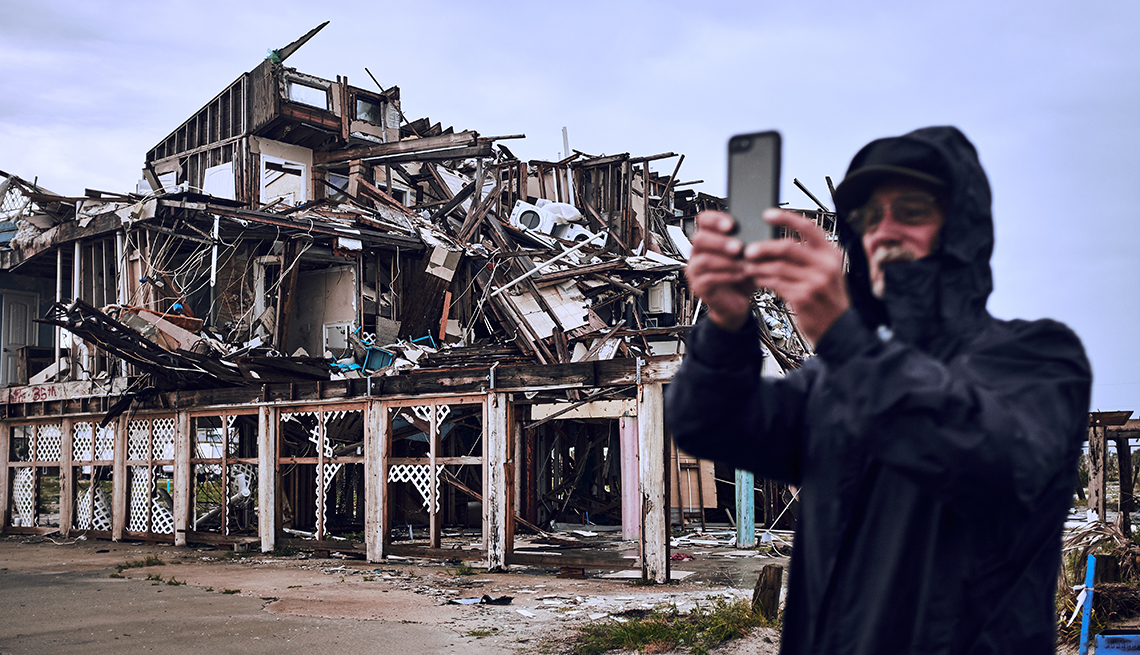
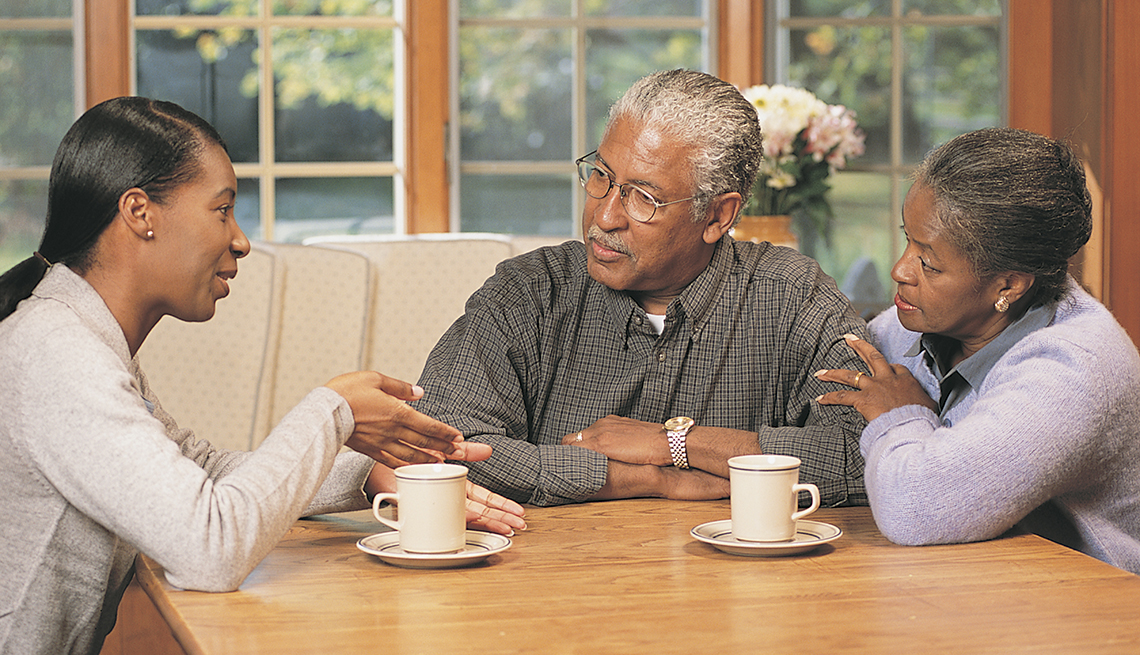
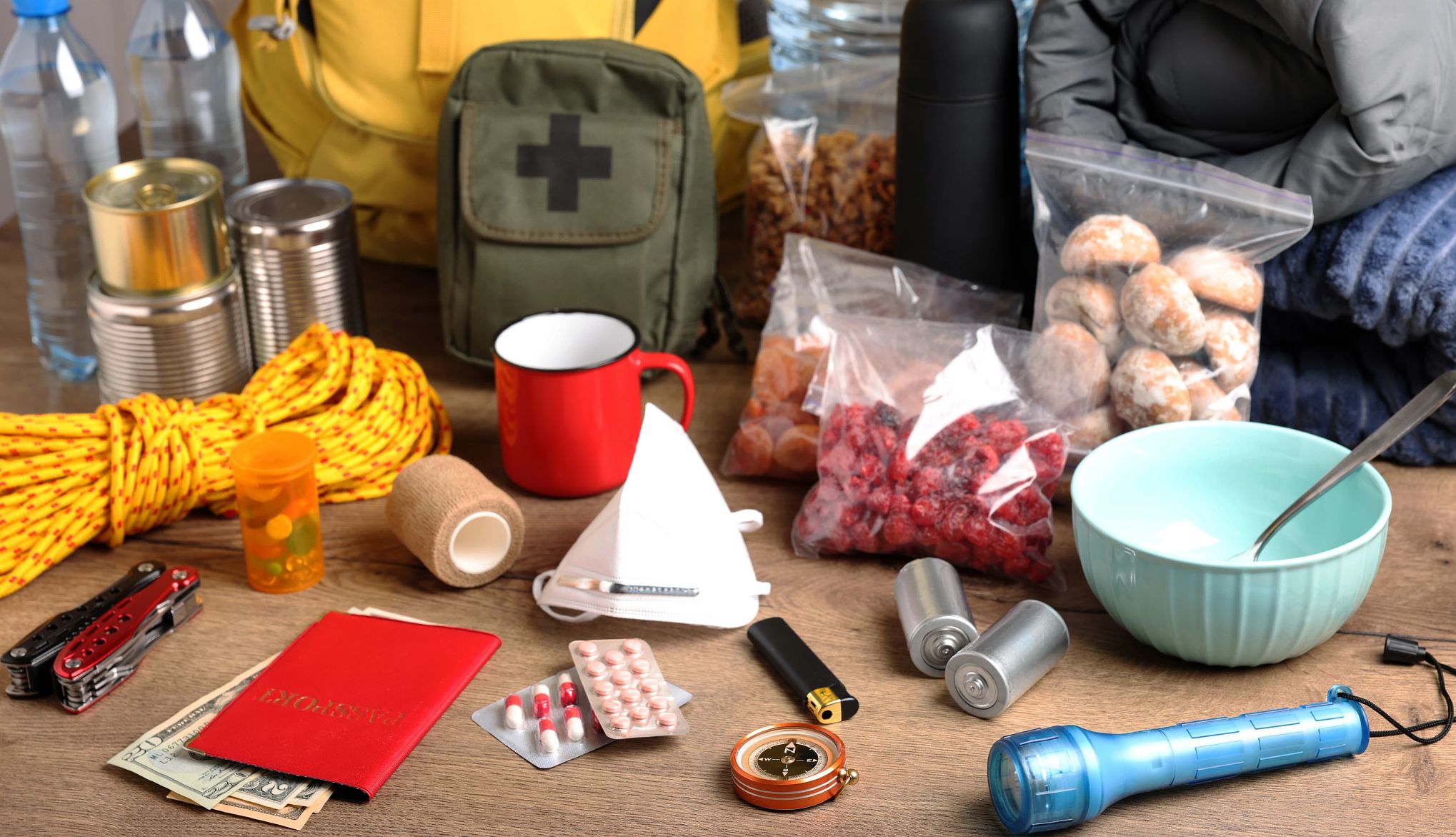
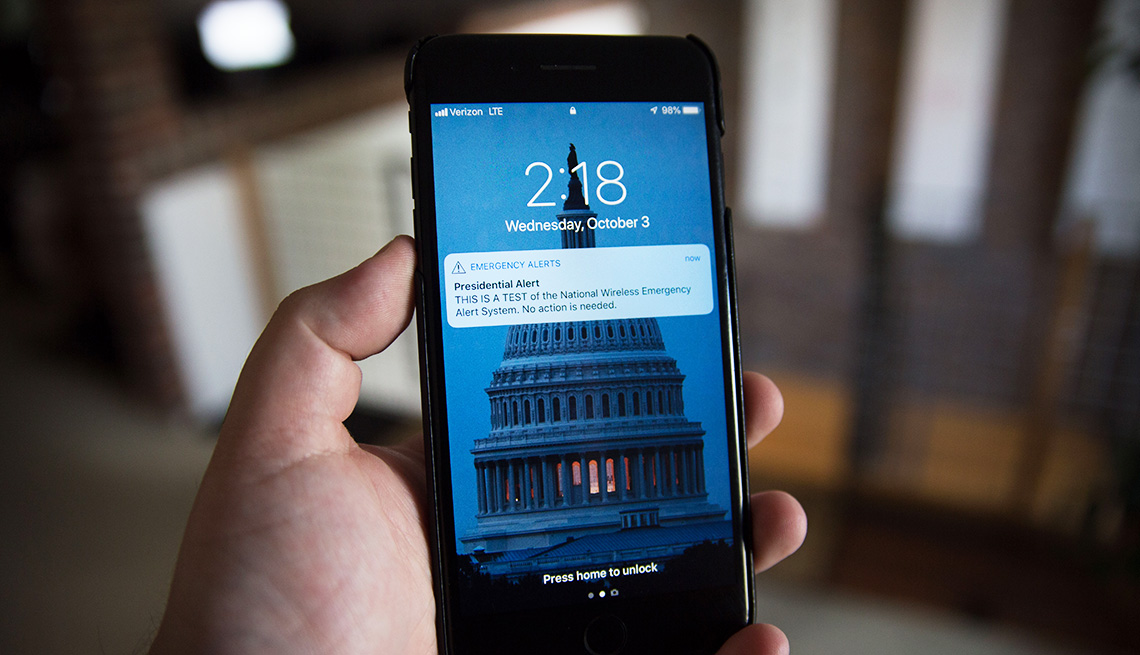
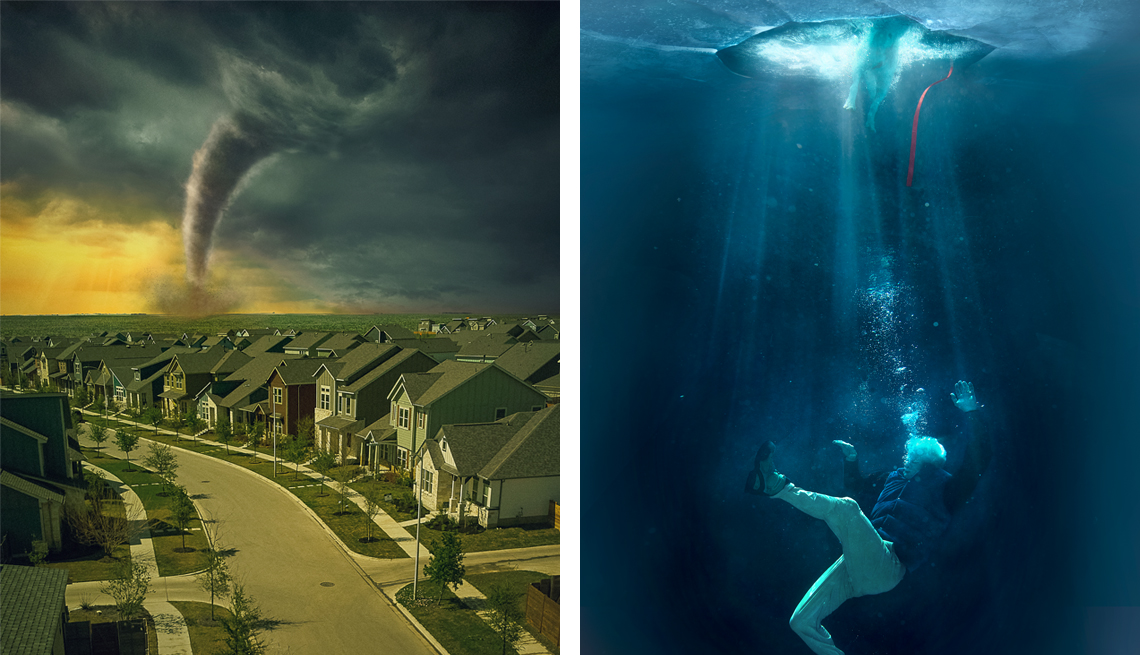
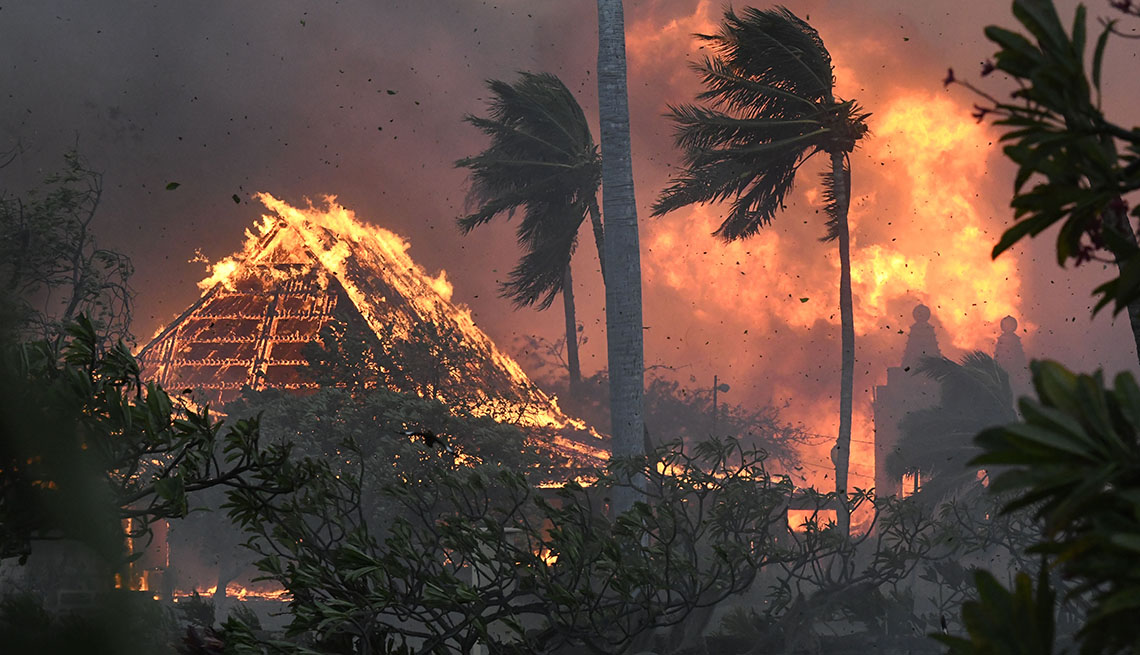





More From AARP
How to Stay Safe During Natural Disasters
At home or on the road, these tips can help you stay out of harm's way in dangerous weather
Essential Technology to Have During Natural Disasters
Free apps, affordable gadgets can help in an emergency
How Older Adults Should Prepare for Hurricanes, Wildfires and Other Emergencies
Don’t forget important items that might not make the typical list
Recommended for You